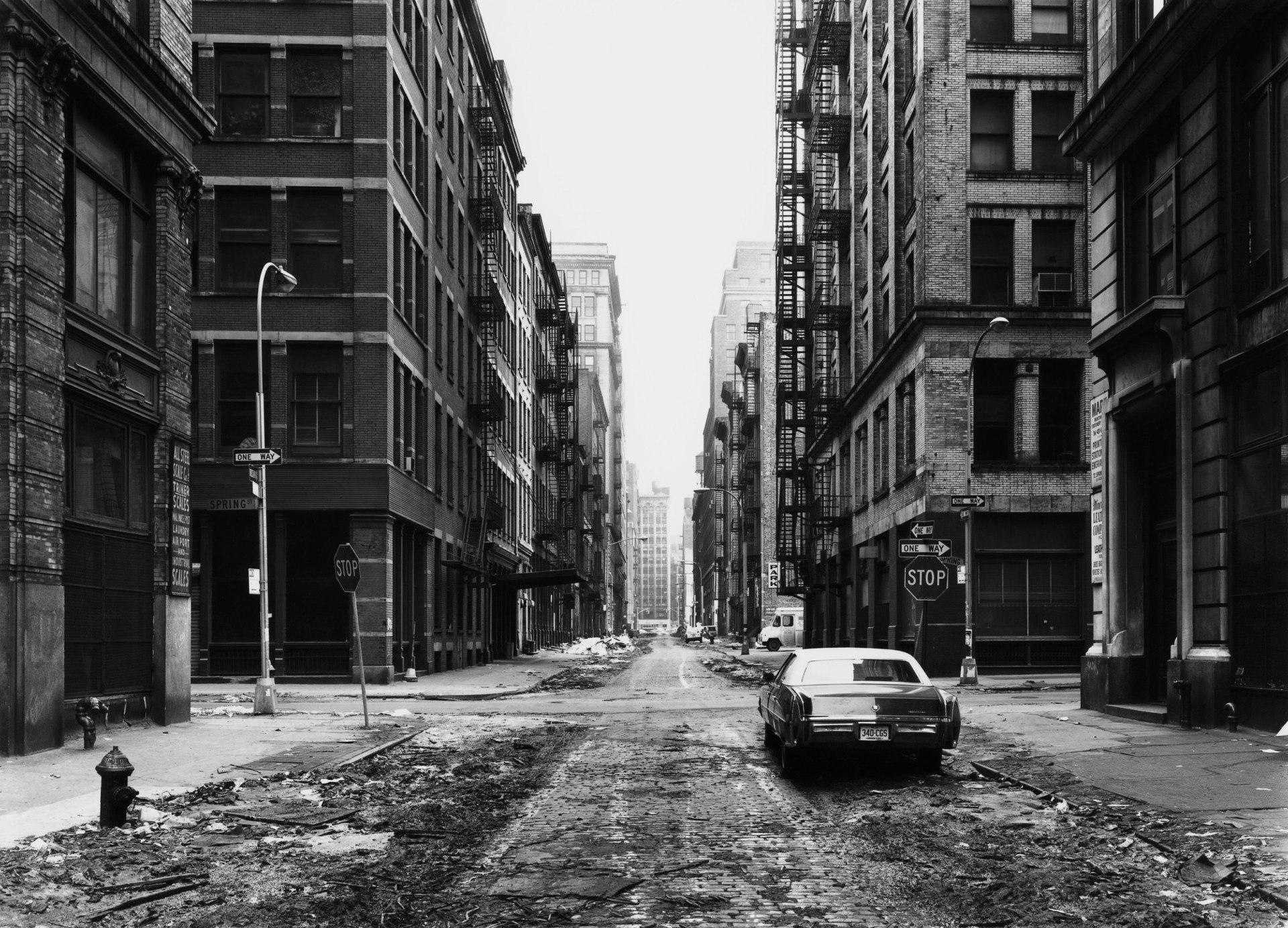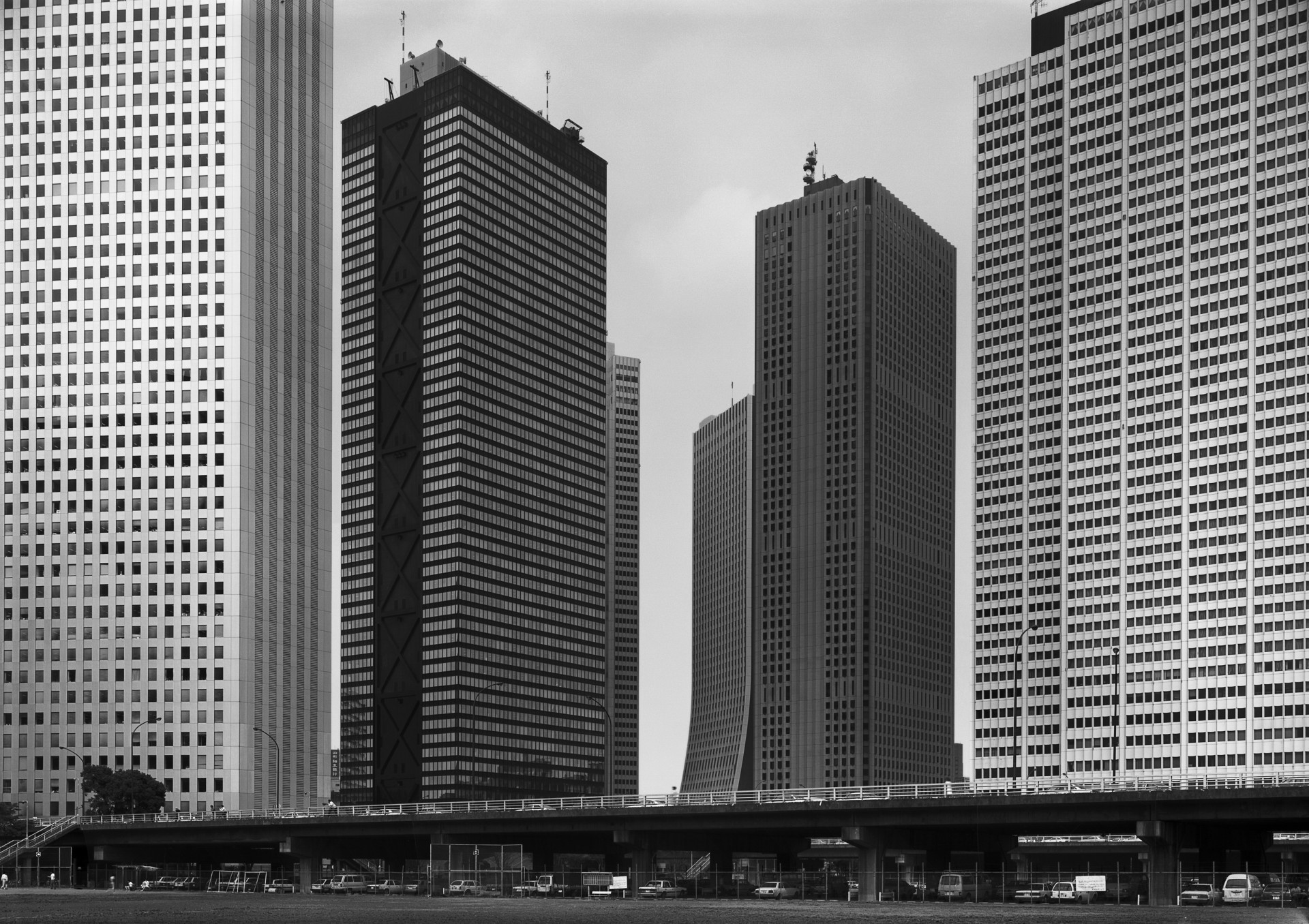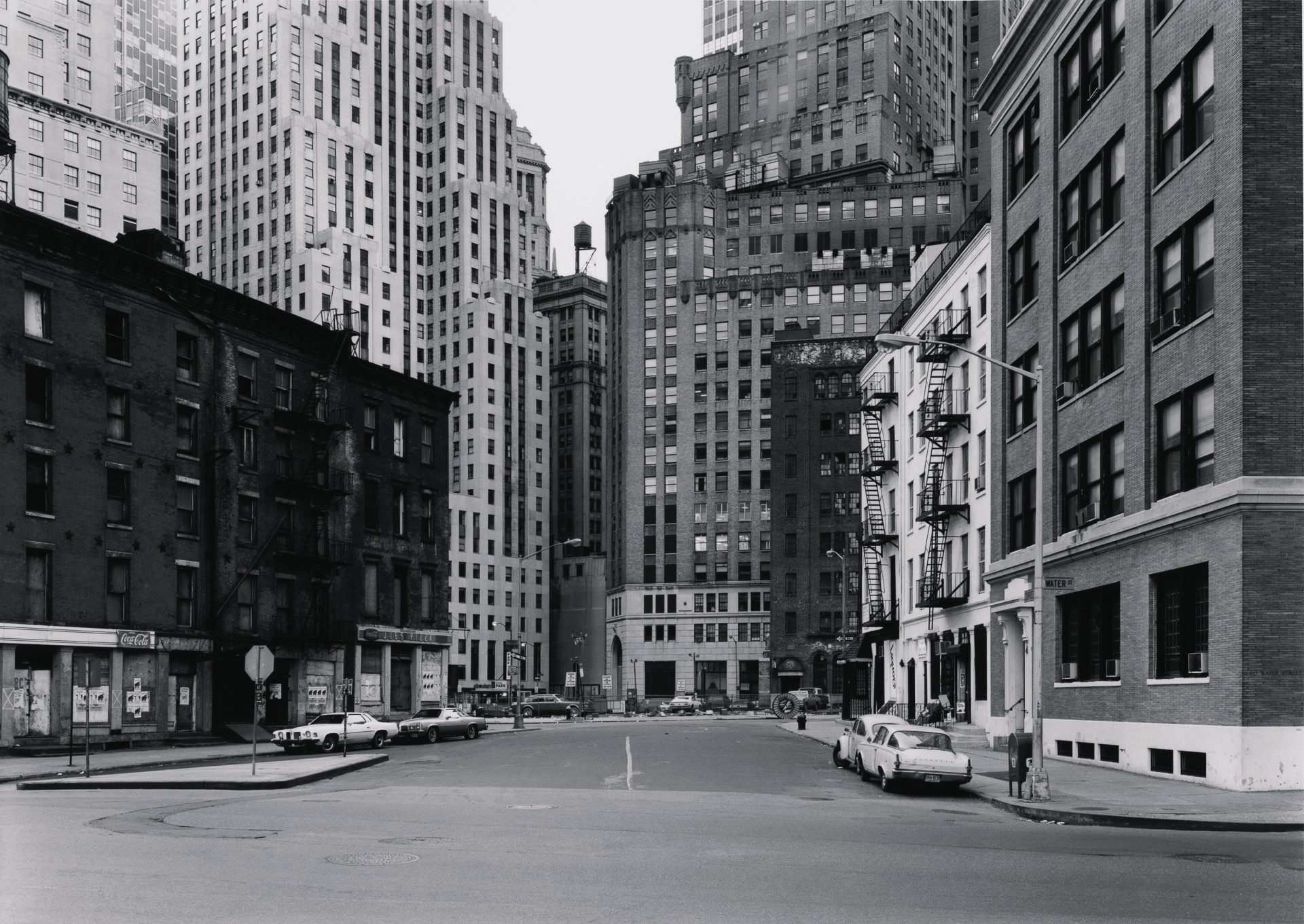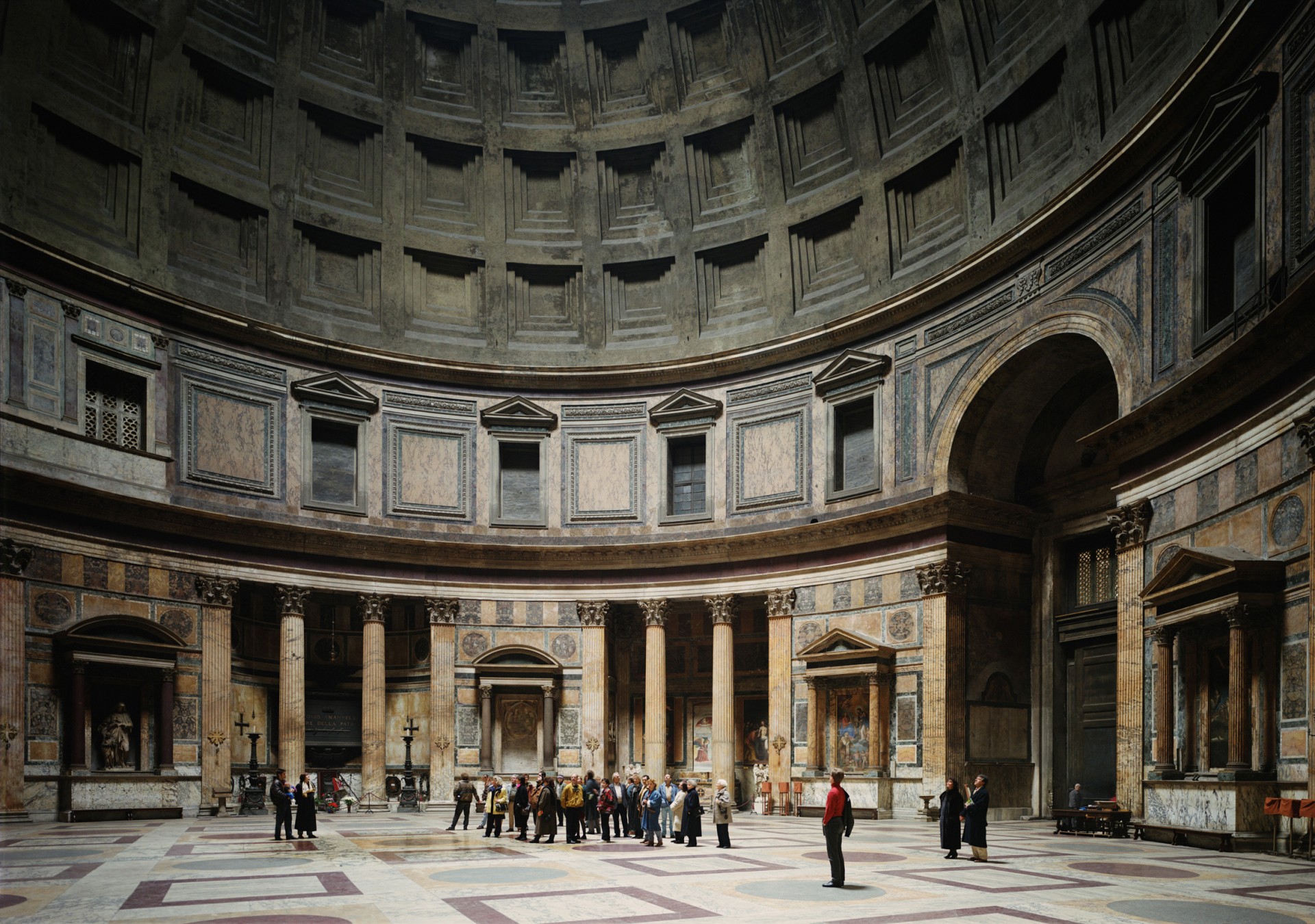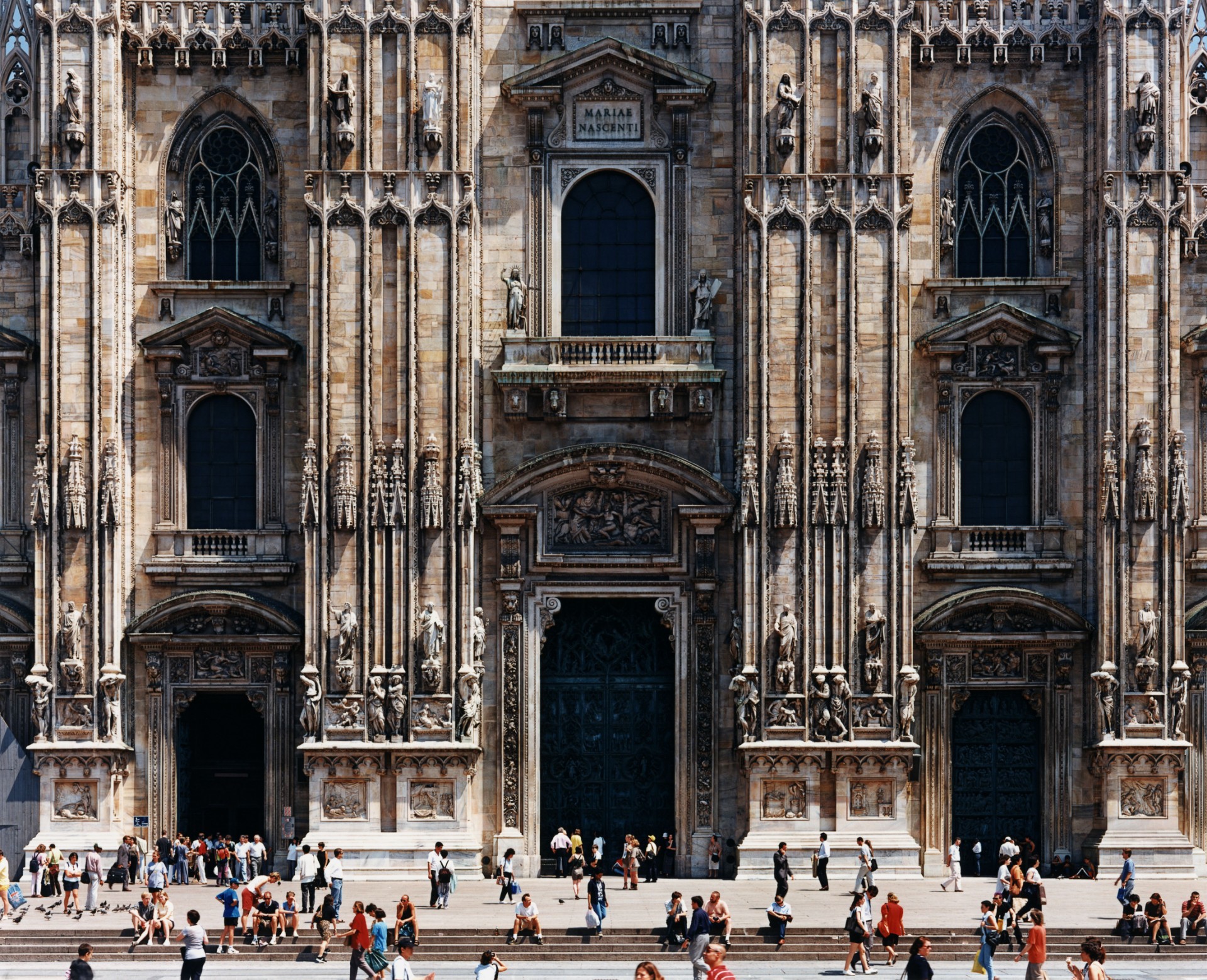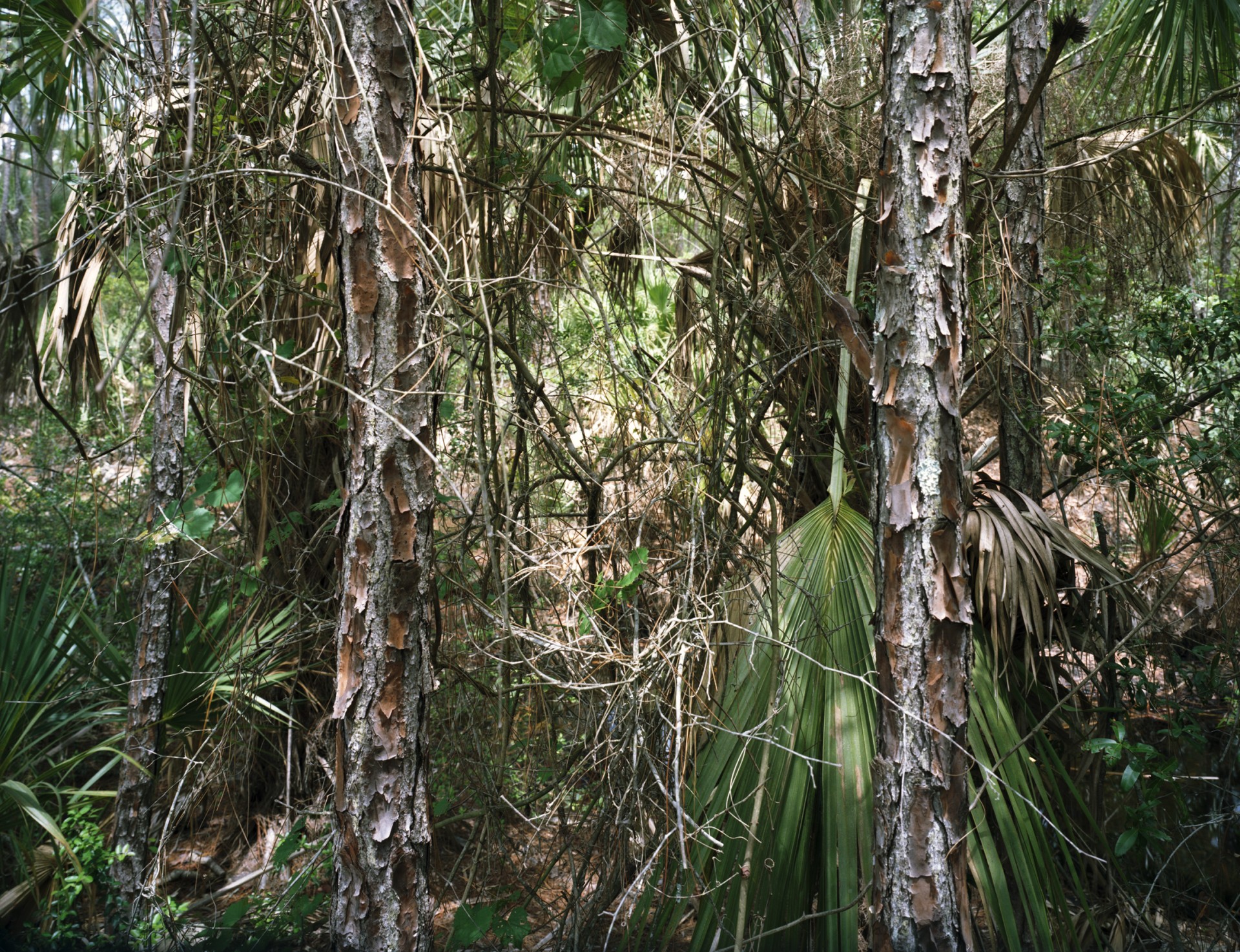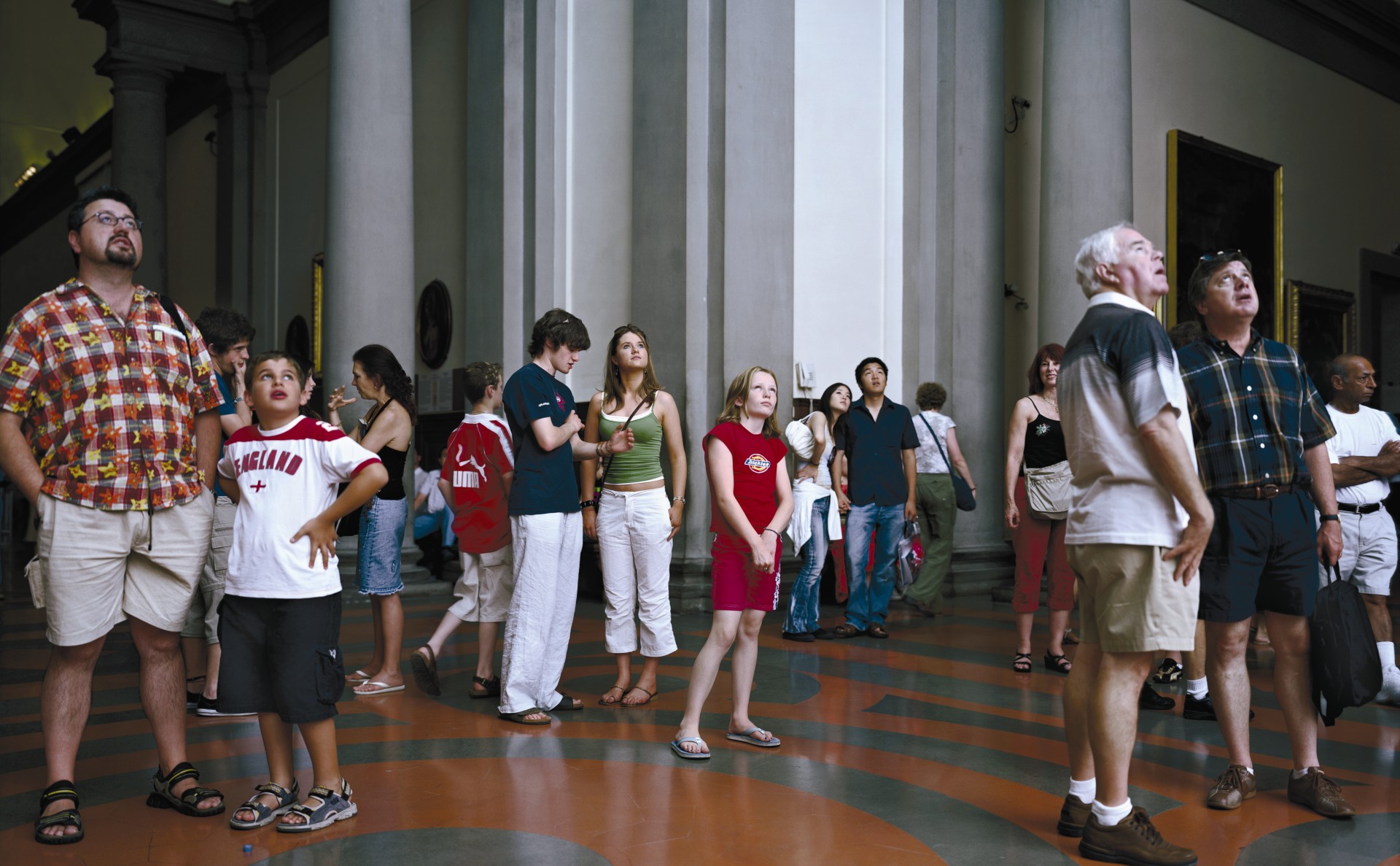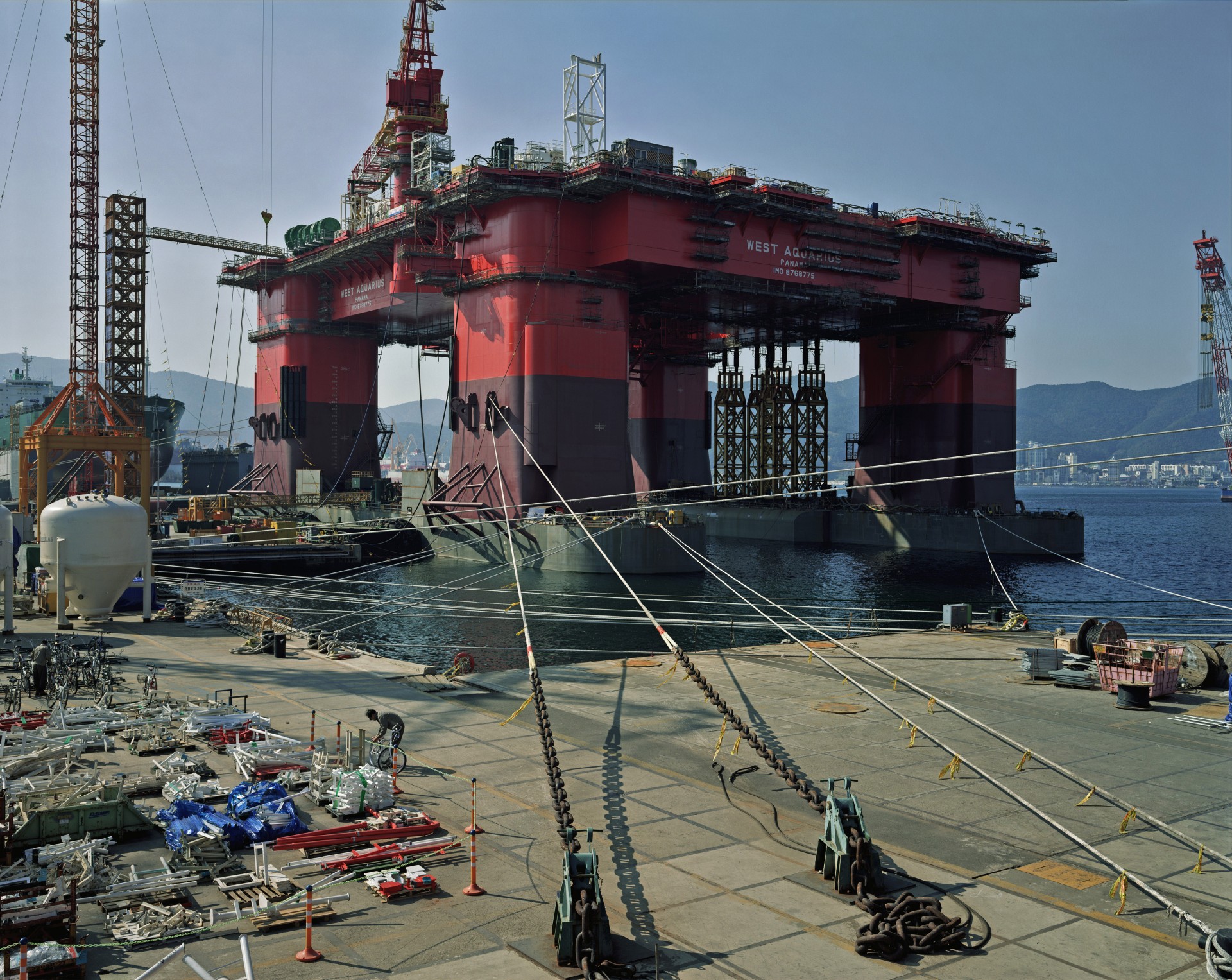In a retrospective exhibition spanning 32 years of creative life, the Whitechapel Gallery in London was the third museum to have hosted the photographs of Thomas Struth. Following on from the Kunsthaus in Zürich and the Kunstsammlung Nordrhein-Westfalen in Düsseldorf, the Whitechapel’s show was the most curated exhibition of the three. Due to the smaller space provided by this gallery, Struth has had to really hand-pick the photographs on display here with the help of curators Achim Borchardt-Hume and James Lingwood.
Each part of the exhibition explored a different theme in Struth’s creative vision. First off were the renowned studies of tourists in public spaces, and his breathtaking shots of museums and cathedrals. These interior landscapes were mirrored by exterior architectural landscapes. Mostly devoid of people, in colour or black & white, Struth makes here a comment on globalisation as one starts forgetting whether he’s looking at a street in New York, Ulsan or Lima.
Natural paradises take the place of man-made jungles in the ‘Paradise’ series. Life-size prints of forest scenes give the viewer the impression of being lost. One of the fascinating aspects of Struth’s photography is the fact that the viewer’s eye is constantly moving from one detail of the picture the next, tracing the entire surface of the print while simultaneously trying to find a place in which to stand. Struth cleverly manipulates the viewer into sitting in front of his pictures and engaging in this game of positioning oneself within the shot.
The cable pictures complement the jungle pictures in a similar way: three-dimensional and clear, yet impenetrable and incomprehensible. The technology shots, most significant of which is the Space Centre on Cape Canaveral, become the new cathedrals, where science has replaced god. Bringing history to the fore in one of his most modern pictures, Struth recounts how his shot of an oil rig in Korea makes him think of medieval ‘tamed monsters’. Like a bear, tied with ropes and chains, the Korean oil rig seems only harmless because it is chained down. The rig takes on a monstrous life of its own and threatens the people attempting to tame it.
Buildings, jungles, city streets, are all brought into sharp focus in the family portrait series from which they are completely absent. Focusing entirely on people, the family portraits mostly take on the entire frame and imbue each shot with life and vibrancy. Asked only to look into the lens and stay within the artists designated frame, Struth’s subjects provide natural and instinctive poses that delineate relationships and reveal personalities.
As this cycle of Struth’s retrospective exhibitions comes to an end, we can only hope that he will be holding a show of new work soon, and that perhaps he will be repeating his 2009 visit to Athens.
Thomas Struth: Photographs 1978-2010
Whitechapel Gallery
77-82 Whitechapel High Street
London E1 7QX
